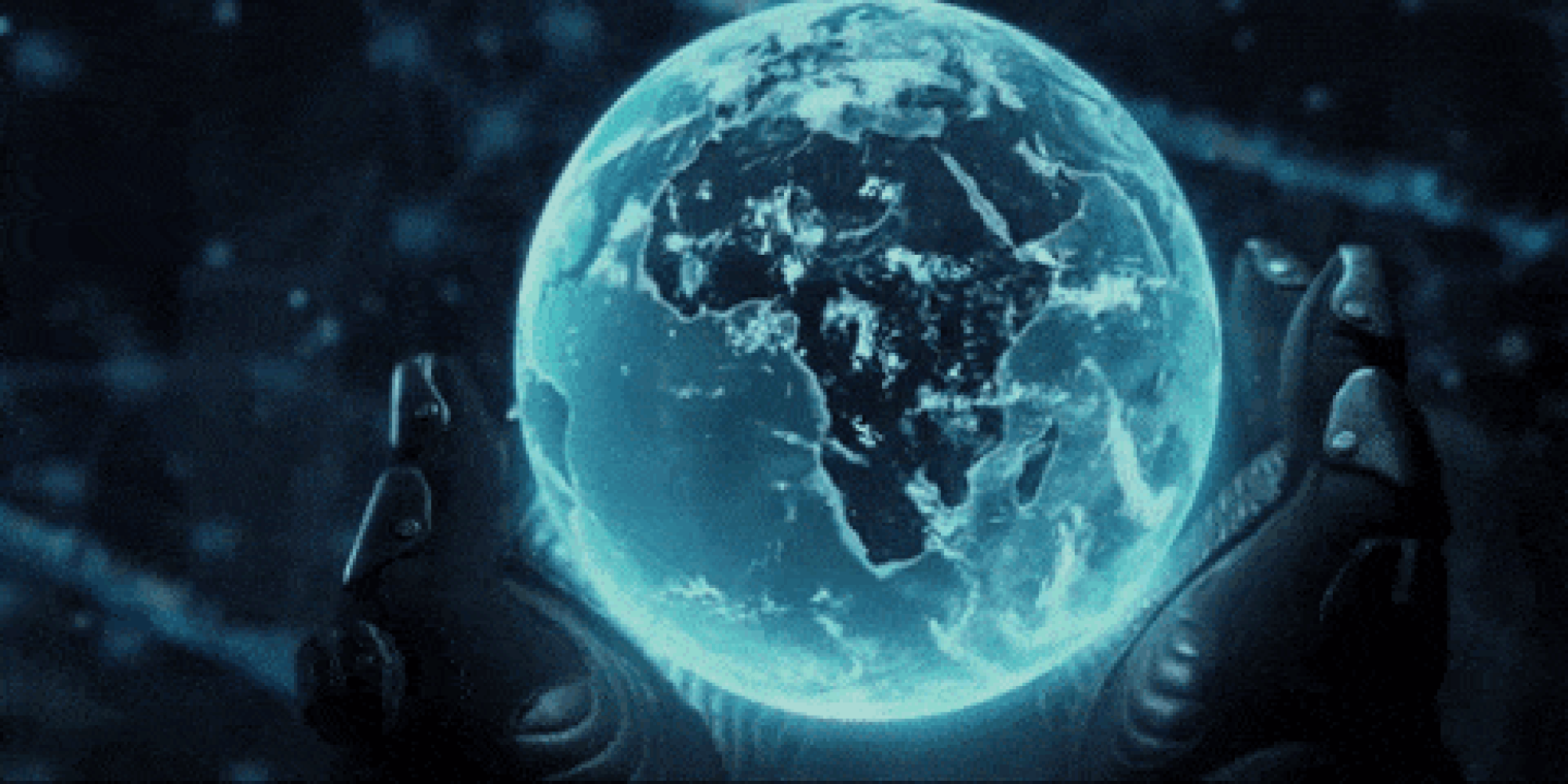Stephen Hawking appeared through the marvel of modern technology as a hologram during an event in Hong Kong last week. He had some harsh words regarding our current climate of disregarding experts.
Stephen Hawking is a real wonder to behold. The now 75-year-old astrophysicist was told that he wouldn’t see past his 25th birthday due to his diagnosis of ALS (amyotrophic lateral sclerosis) or Lou Gehrig’s disease. And, although he is bound to a wheelchair, his mind has wildly surpassed his physical limitations.
Embracing his lack of limitations, Hawking recently appeared as a hologram at an event in Hong Kong last week. During the talk, Hawking fielded questions about exoplanets, black holes, and other topics that firmly fit within his area of expertise. He also made a few enlightening comments about current affairs.








